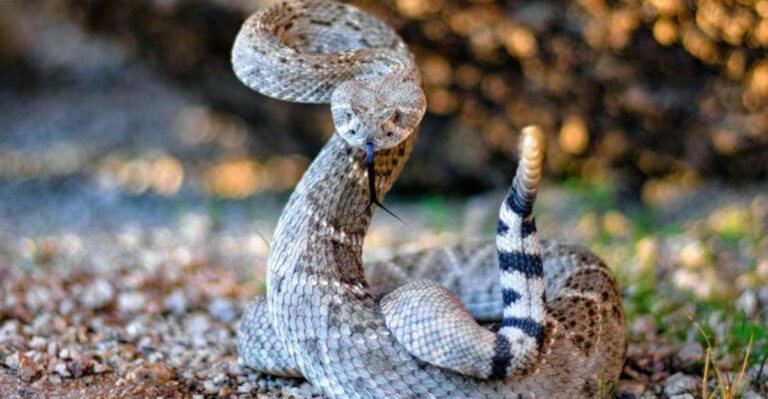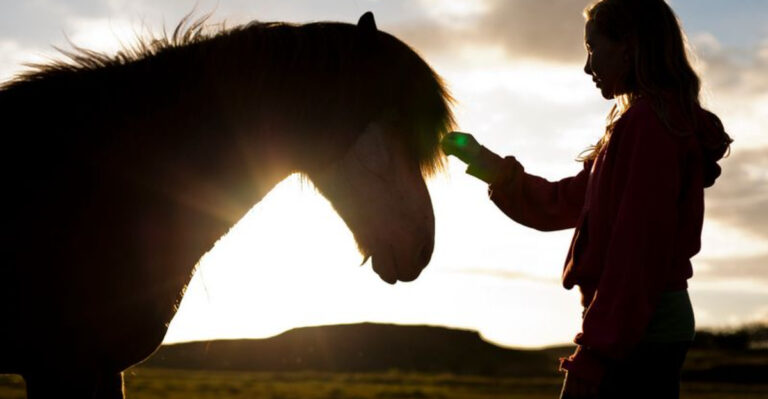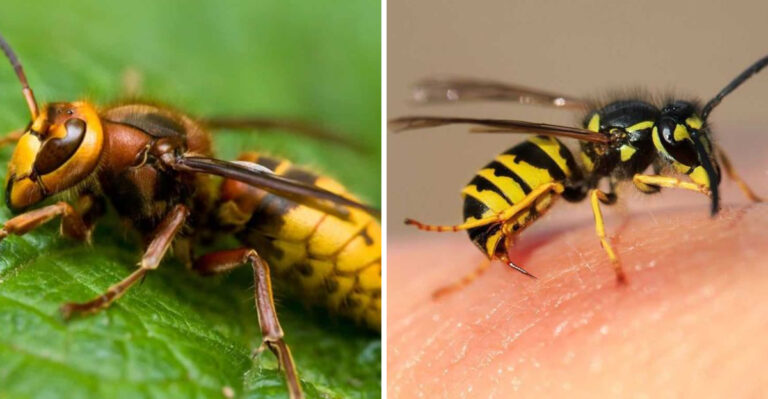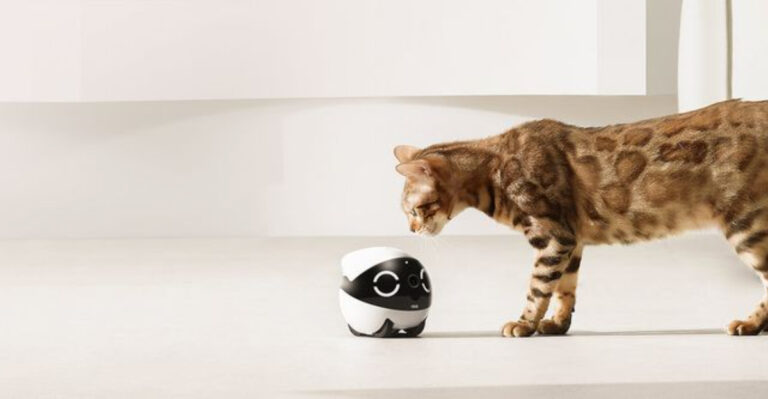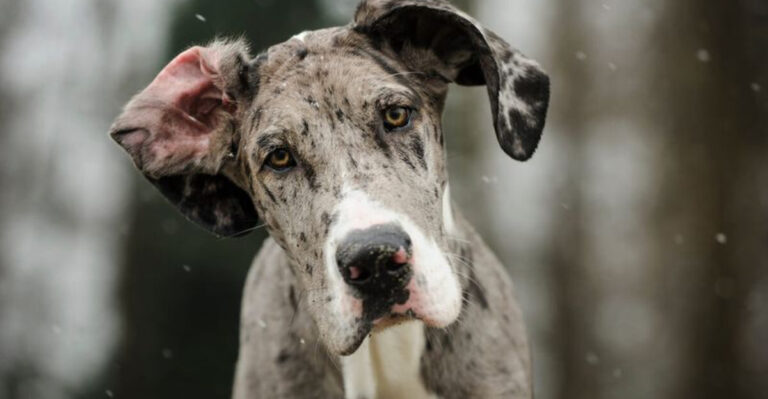10 New Animal Hybrids Emerging In The Wild And 5 That Were Created By Humans
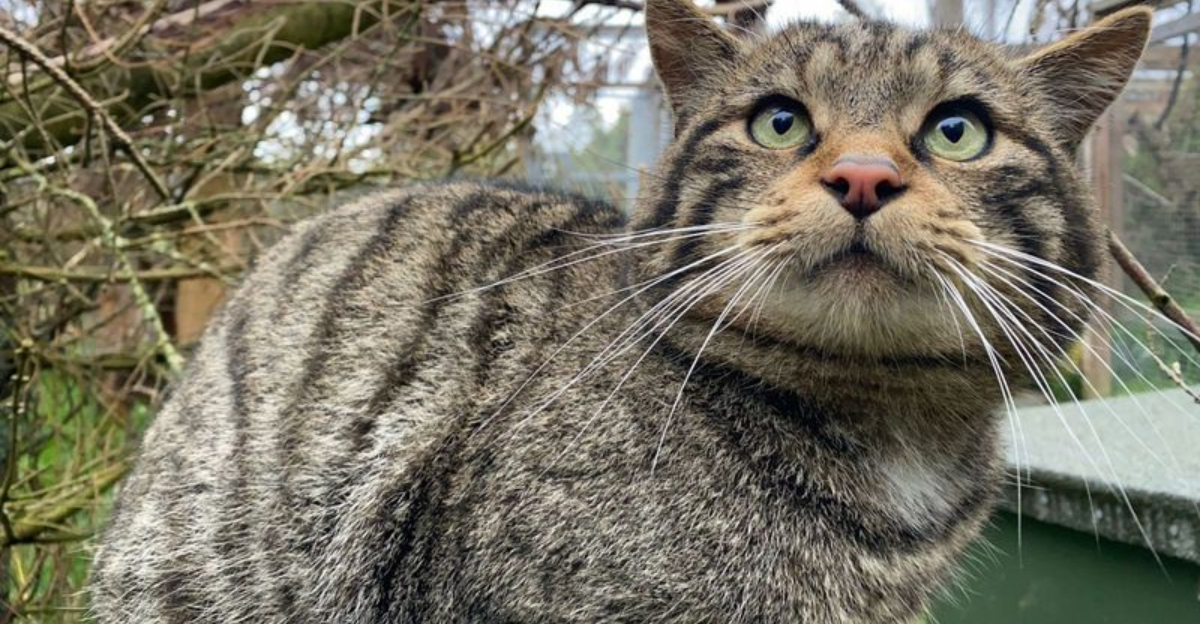
Our natural world is full of surprises, especially when it comes to animals crossing species lines. Across the globe, fascinating hybrid creatures are appearing both naturally and with human help.
Climate change and habitat overlap are pushing different species together in the wild, while humans have been creating their own hybrid animals for centuries. These remarkable crossbreeds challenge what we know about species boundaries.
1. Pizzly Bear (Polar Bear + Grizzly Bear)
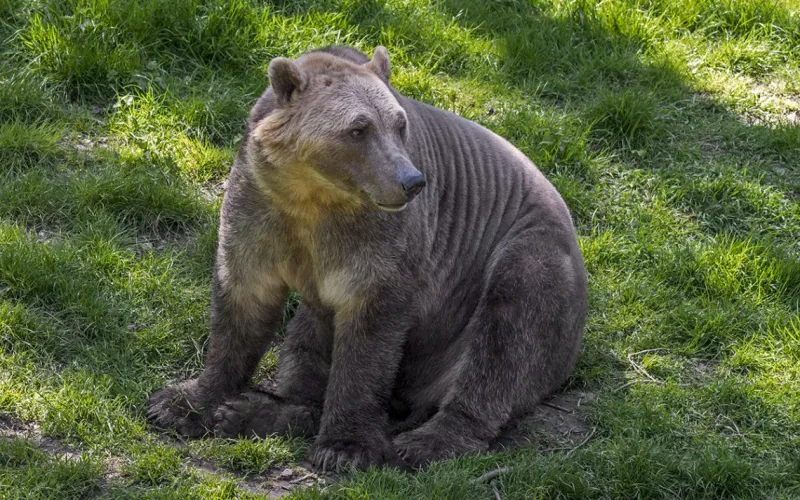
As Arctic ice melts, hungry polar bears venture south while grizzlies expand northward. The result? A cream-colored powerhouse with hollow grizzly-like hairs and polar bear jaw structure.
First documented in 2006, these wild hybrids can climb trees like grizzlies yet swim efficiently like polar bears. Scientists worry these crossbreeds may eventually replace pure polar bears as climate change intensifies.
2. Coywolf (Coyote + Wolf)
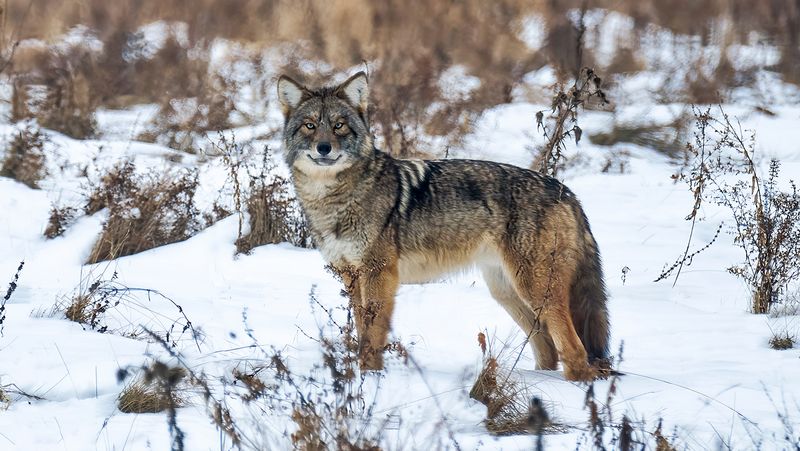
Nature’s perfect predator adapts to both wilderness and urban jungles. Larger than coyotes but more adaptable than wolves, coywolves thrive where both parent species struggle.
Their intelligence combines wolf pack hunting tactics with coyote problem-solving skills. Found throughout northeastern North America, these hybrids also carry some domestic dog DNA, creating a fascinating genetic cocktail that’s rapidly expanding its territory.
3. Narluga (Narwhal + Beluga)
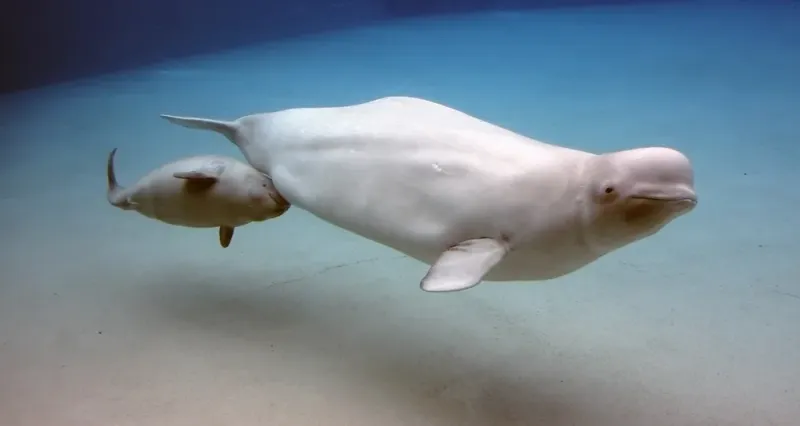
Imagine a ghostly white whale with teeth unlike anything scientists had seen before. That’s exactly what researchers found when examining a strange skull from an Inuit hunter in the 1980s.
DNA confirmed this Arctic oddity was half narwhal, half beluga. With a beluga’s body shape but spiral-patterned teeth growing horizontally instead of vertically, narlugas represent one of the ocean’s most mysterious hybrids.
4. Bobcat-Lynx Hybrid (Blynx)

Stealthy forest phantoms with identity crises! Blynx hybrids sport the bobcat’s reddish fur but the Canada lynx’s massive snowshoe-like paws. Genetic testing in Minnesota and Maine confirmed these wildcats are interbreeding where their territories overlap.
With the bobcat’s hunting versatility and the lynx’s cold-weather adaptations, these hybrids navigate changing northern forests with remarkable skill, baffling wildlife biologists tracking their movements.
5. European Wildcat + Domestic Cat
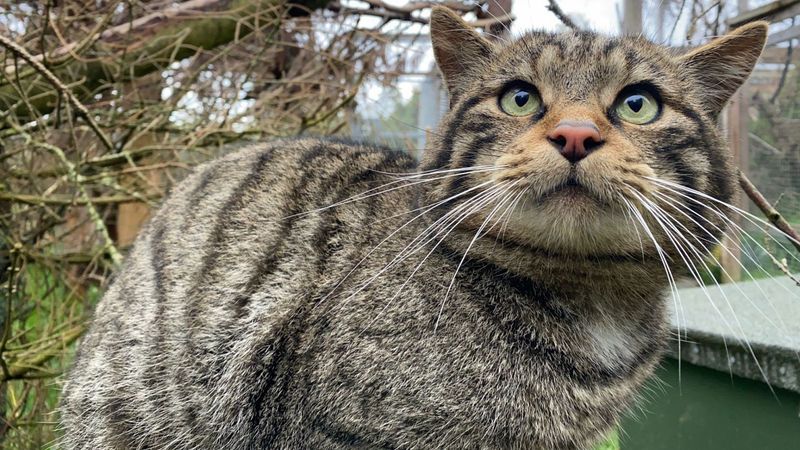
Your tabby’s wild cousin is in serious trouble. Throughout Scotland and Central Europe, the genetically pure European wildcat faces extinction through hybridization with feral house cats. These wild-domestic hybrids display confusing mixtures of striping patterns and behaviors.
Conservation efforts now focus on identifying pure wildcats through genetic testing. Some regions have implemented spay/neuter programs for domestic cats near wildcat territories to preserve the wild species.
6. Red Deer + Sika Deer
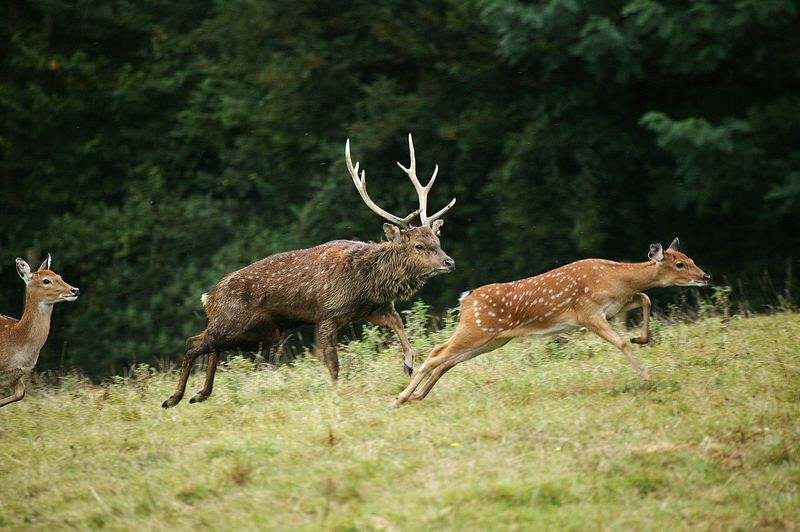
Elegant forest dwellers with mixed heritage are changing Britain’s woodlands. Native red deer have been interbreeding with introduced Japanese sika deer since the 1800s. The hybrids display varied coat patterns and antler shapes.
Male hybrids combine the red deer’s powerful roar with the sika’s high-pitched whistle during mating season. Scientists worry these crossbreeds may eventually replace genetically pure red deer populations throughout the UK.
7. African Golden Cat + Serval (Servical)
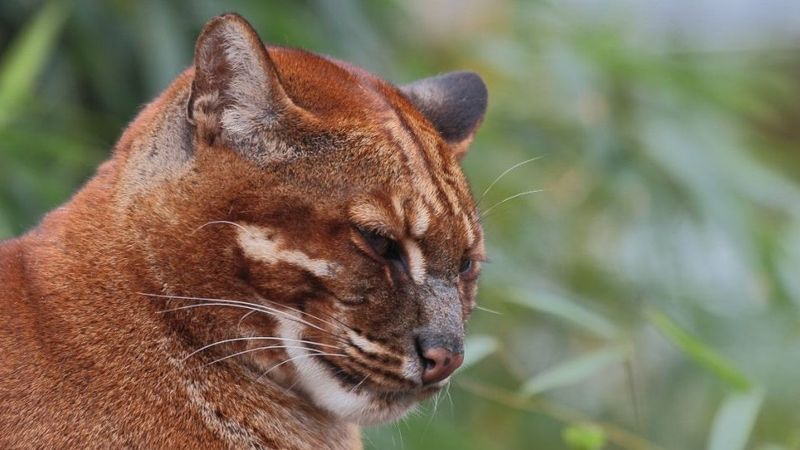
Africa’s rarest hybrid cat prowls the shadowy boundaries between rainforest and savanna. With the golden cat’s muscular build and the serval’s distinctive ears, these elusive hybrids leave wildlife photographers desperate for a glimpse.
Genetic studies of unusual specimens suggest natural interbreeding occurs where these wildcats’ territories overlap. Camera traps occasionally capture images of cats with puzzling mixed features, but confirmed sightings remain extremely rare.
8. Eastern and Western Grey Kangaroo Hybrids
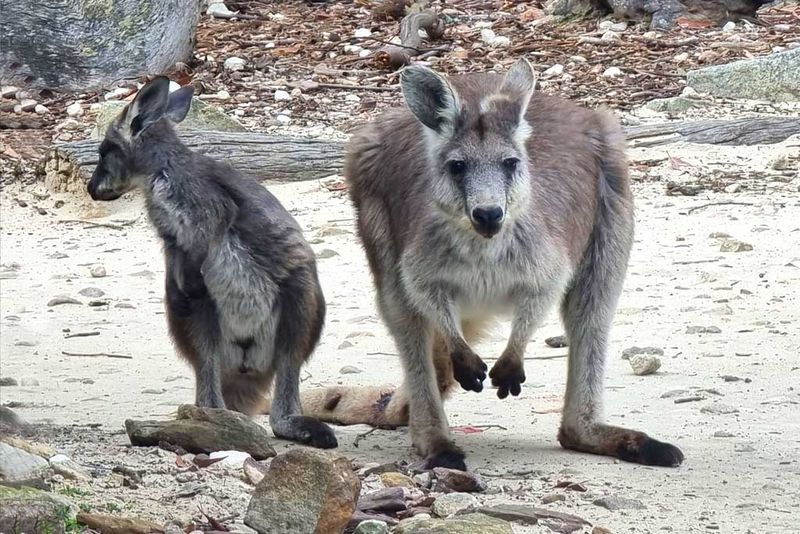
Australia’s iconic hoppers are blurring species lines where their territories meet. Though physically similar, these kangaroo species diverged millions of years ago, yet still produce fertile offspring. The hybrids display intermediate facial features and fur coloration.
Researchers studying these crossbreeds in Victoria and New South Wales have documented successful breeding across multiple generations. Their existence challenges traditional species definitions and provides insights into marsupial evolution.
9. Indian and Chinese Leopard Cats
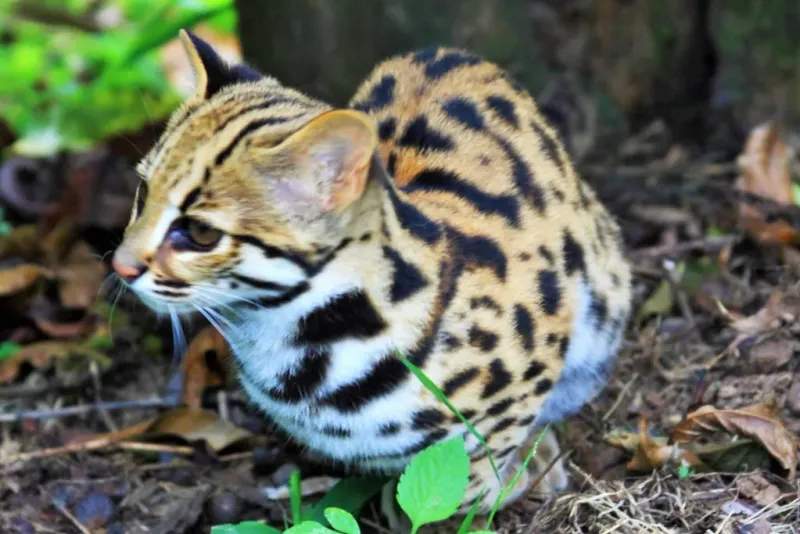
Two wild felines are meeting at Asia’s crossroads, creating beautiful spotted hybrids. Where mountain ranges connect India, China, and Southeast Asia, these small wildcats share territories and occasionally mates. The resulting hybrids show varied spot patterns and subtle skull differences.
Genetic testing has confirmed mixed ancestry in several populations. These natural crossings demonstrate how artificial political boundaries mean nothing to wildlife, as genes flow freely across landscapes.
10. Blacktip Shark Hybrid (Australian + Common Blacktip)
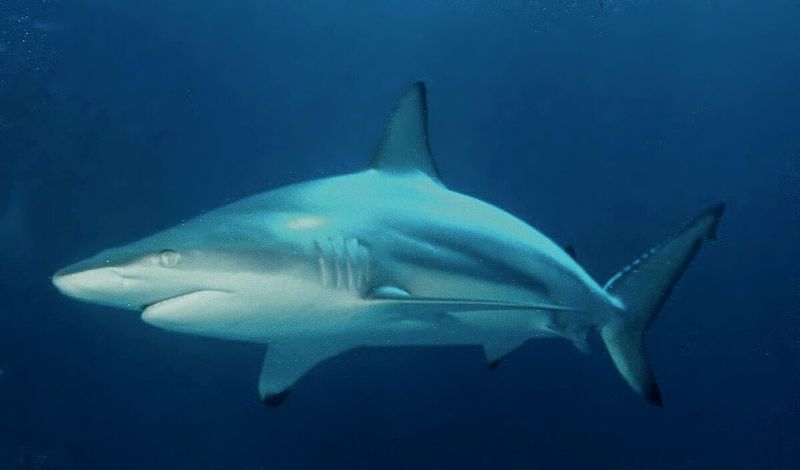
The ocean’s newest predators are swimming identity puzzles. Scientists studying sharks off Australia’s coast discovered something unexpected – blacktip sharks carrying genetic material from two distinct species.
These hybrids possess the Australian blacktip’s tolerance for cooler waters and the common blacktip’s size advantages. Marine biologists believe warming oceans have pushed these previously separated species together. This natural hybridization might actually help sharks adapt to changing marine environments.
11. Liger (Lion + Tiger)
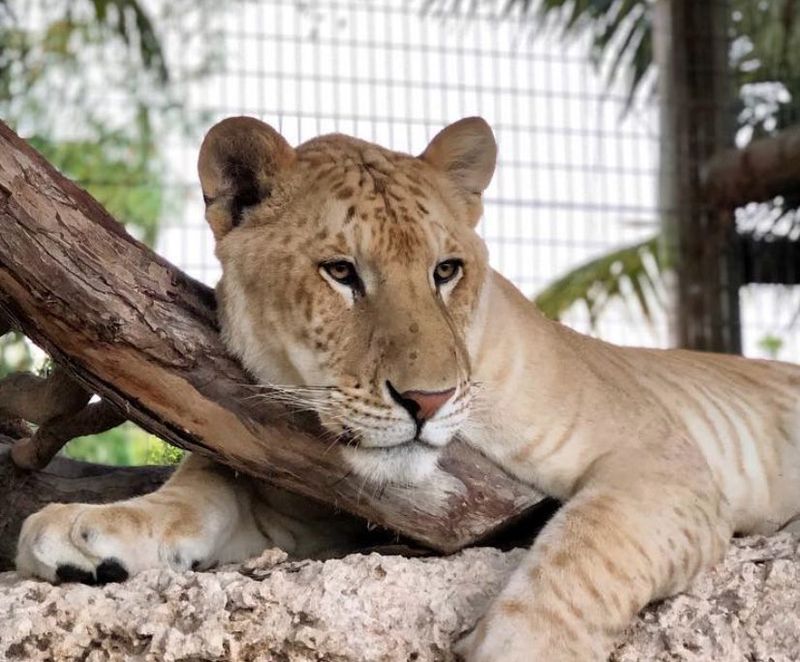
The world’s largest cat never roamed wild savannas or jungles. Created solely in captivity, these magnificent giants combine a male lion’s genes with a female tiger’s. Ligers typically grow larger than either parent species, sometimes exceeding 900 pounds!
Unlike many hybrids, they often enjoy swimming like tigers while displaying social behaviors resembling lions. Most ligers are sterile, though rare cases of fertility have been documented in female specimens.
12. Savannah Cat (Domestic Cat + Serval)
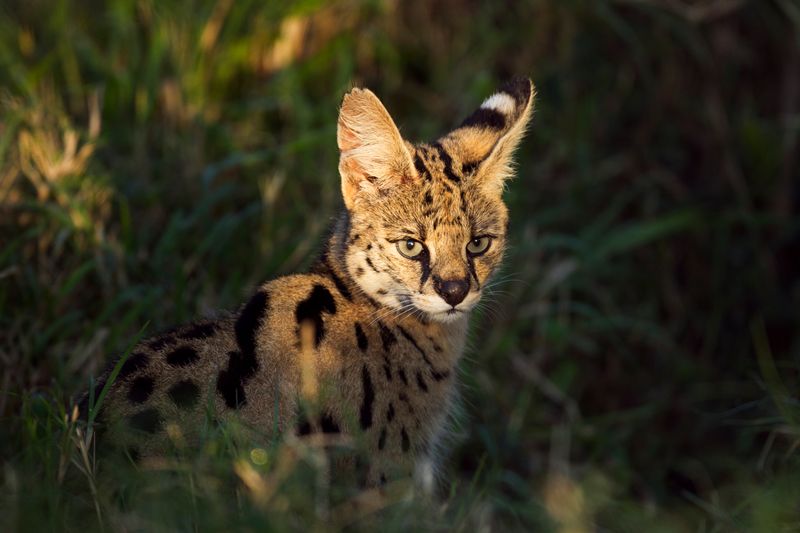
Exotic spotted companions with wild ancestry have become prized pets. Created by crossing house cats with African servals, these striking hybrids showcase remarkable jumping ability and dog-like loyalty. First-generation Savannahs (F1) can reach 25 pounds with leopard-like spots and oversized ears.
Their energetic personalities require experienced owners. Later generations become smaller and more domesticated while retaining their distinctive wild appearance that fascinates cat enthusiasts worldwide.
13. Beefalo (Cow + American Bison)
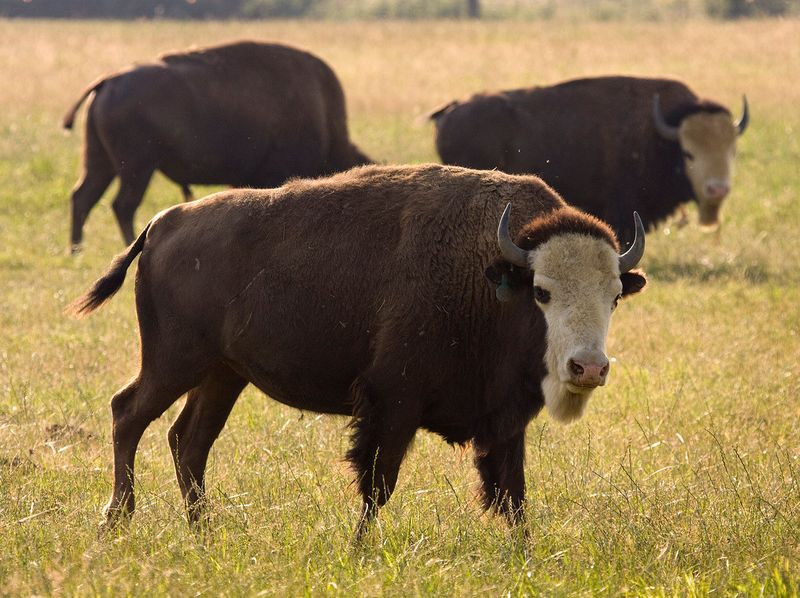
Ranchers seeking the perfect meat animal created these powerful bovine hybrids. Combining domestic cattle’s docility with bison hardiness, beefalo thrive in harsh conditions where regular cattle struggle. Their meat contains less fat and cholesterol than traditional beef.
While intentionally bred on ranches, some beefalo have escaped, creating conservation concerns. Wild bison herds in regions like Yellowstone now require genetic testing to ensure their pure bloodlines remain uncontaminated.
14. Zonkey (Zebra + Donkey)
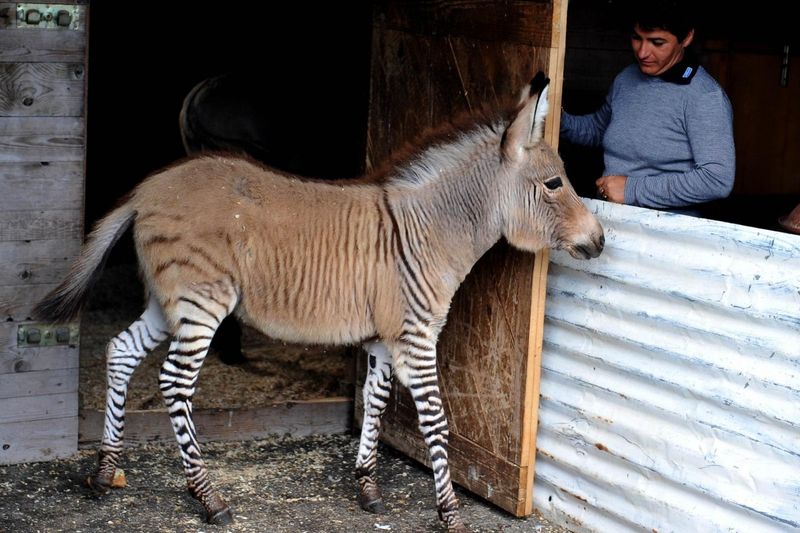
Sporting nature’s most eye-catching leg warmers, these charismatic hybrids turn heads wherever they appear. Created when zebras and donkeys mate in captivity, zonkeys display distinctive striped legs with donkey-like bodies.
Unlike their wild-tempered zebra parents, zonkeys can be trained for riding or driving. Each hybrid’s stripe pattern is unique, like a fingerprint. Though usually sterile, these remarkable animals often live longer than either parent species, sometimes reaching 30+ years.
15. Mule (Horse + Donkey)
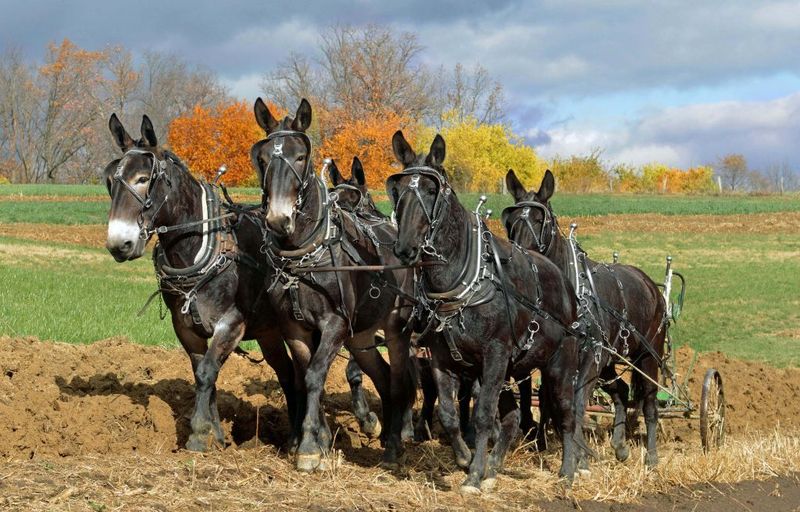
Humanity’s original hybrid animal has shaped civilization for thousands of years. Created by breeding male donkeys with female horses, mules combine the horse’s size with the donkey’s endurance and sure-footedness.
Ancient Romans valued mules so highly that they sometimes cost more than horses! Though almost always sterile, their remarkable intelligence and 50+ year lifespan made them invaluable for farming, mining, and transportation throughout human history.

